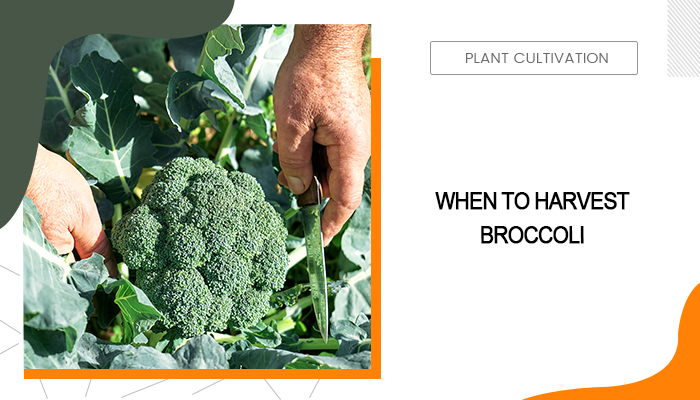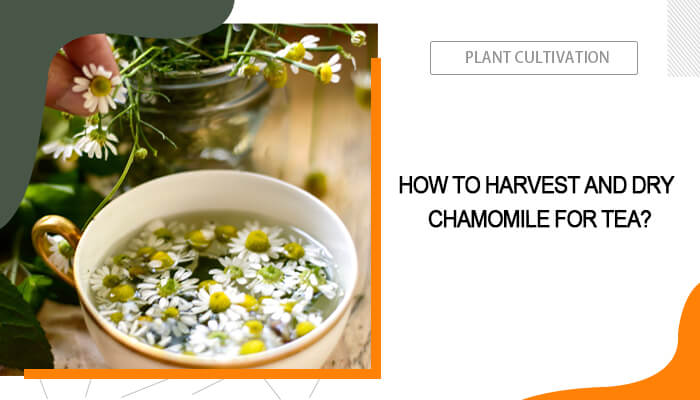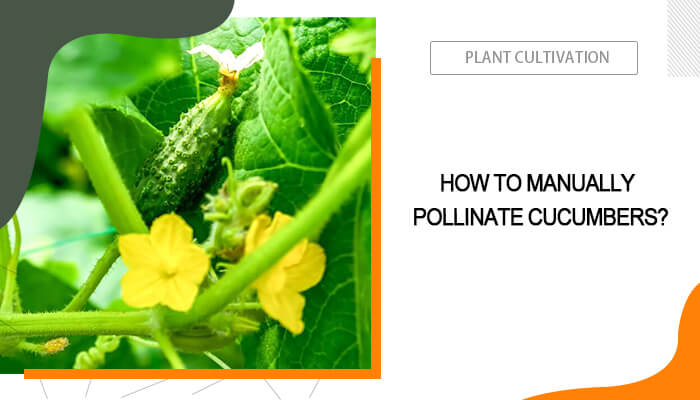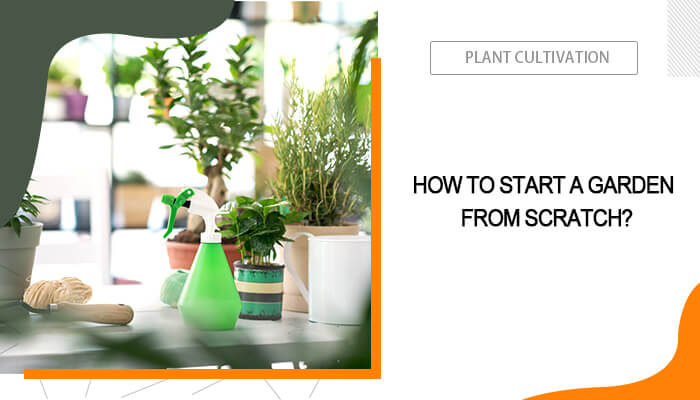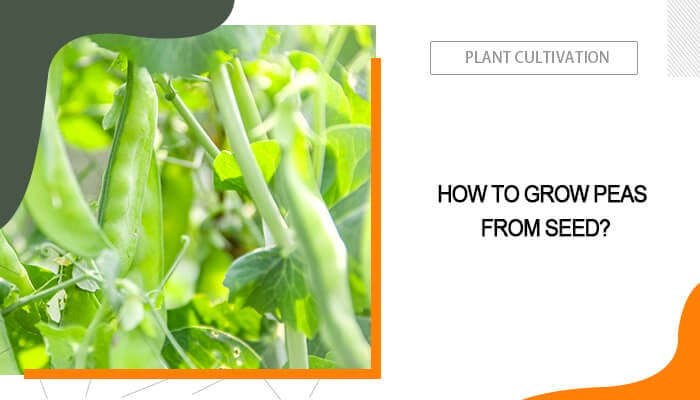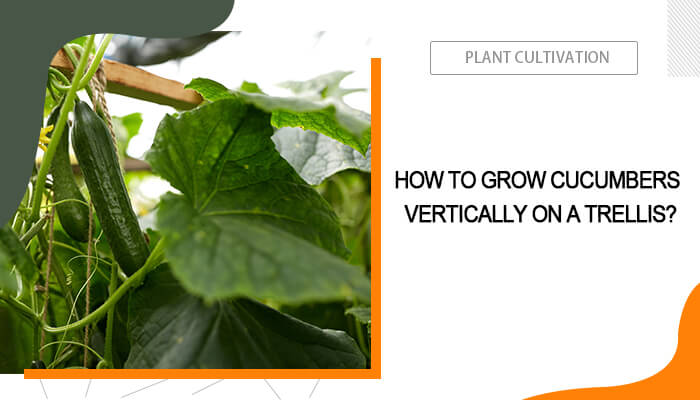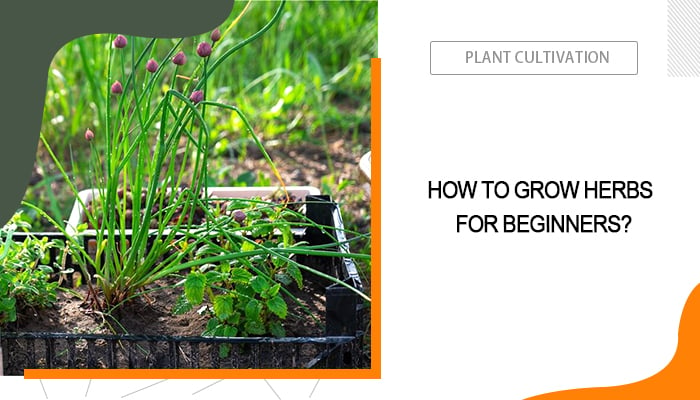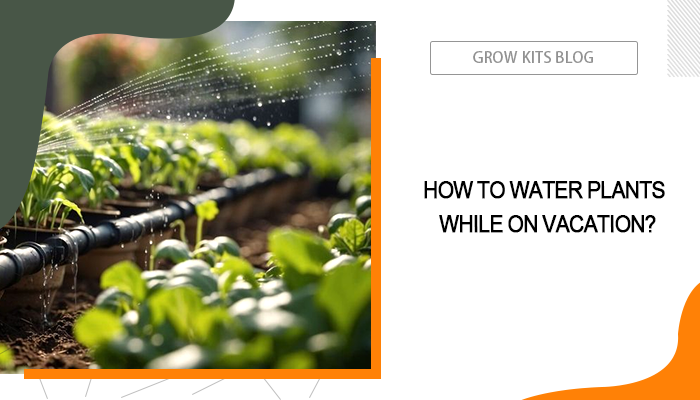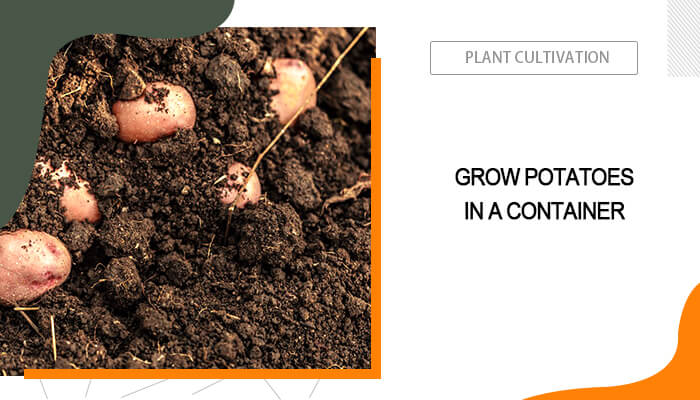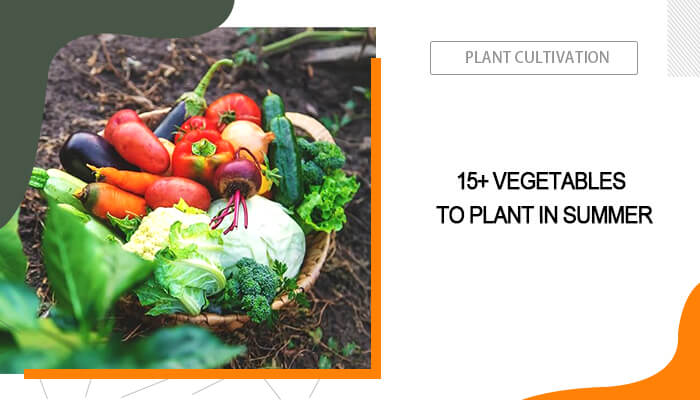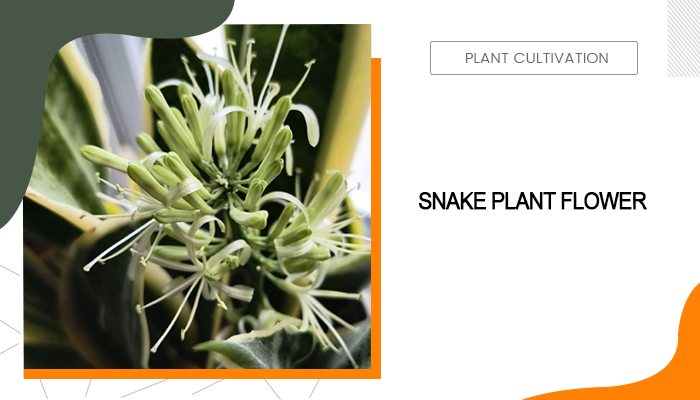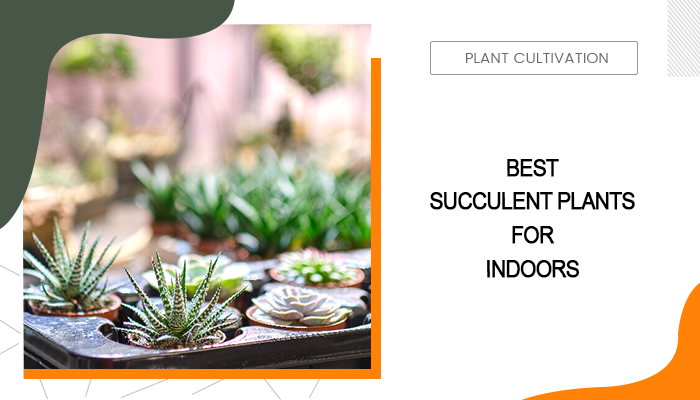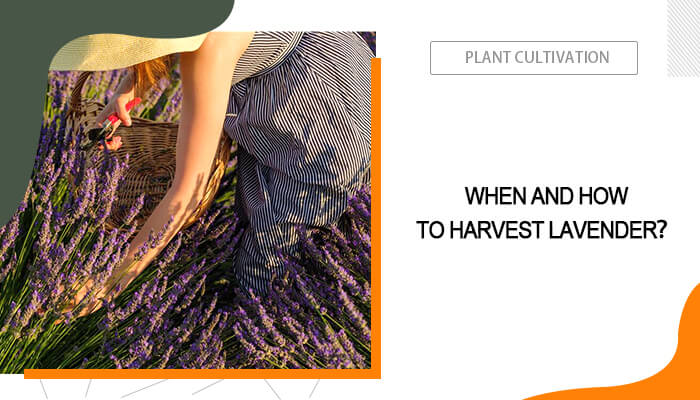Broccoli, a prefered vegetable in many kitchens, boasts not only a rich nutritional profile but also versatility in cooking. Understanding the right time to harvest broccoli is crucial for any gardener aiming to enjoy the best flavors and nutritional benefits. This article will guide you through the entire process, from identifying maturity signs to post-harvest handling.
Table of Contents
How Do You Know When Broccoli Is Ready to Pick
Broccoli is ready to be picked when the heads are firm and the buds are tightly closed. You'll notice that the heads are dark green and the individual buds are not flowering. The perfect size of the broccoli head can vary depending on the variety, but generally, a diameter of 4-7 inches is ideal. It's important to harvest before the yellow flowers start to bloom. If you see any yellow petals, harvest immediately, as this is a sign that the broccoli is over-maturing.
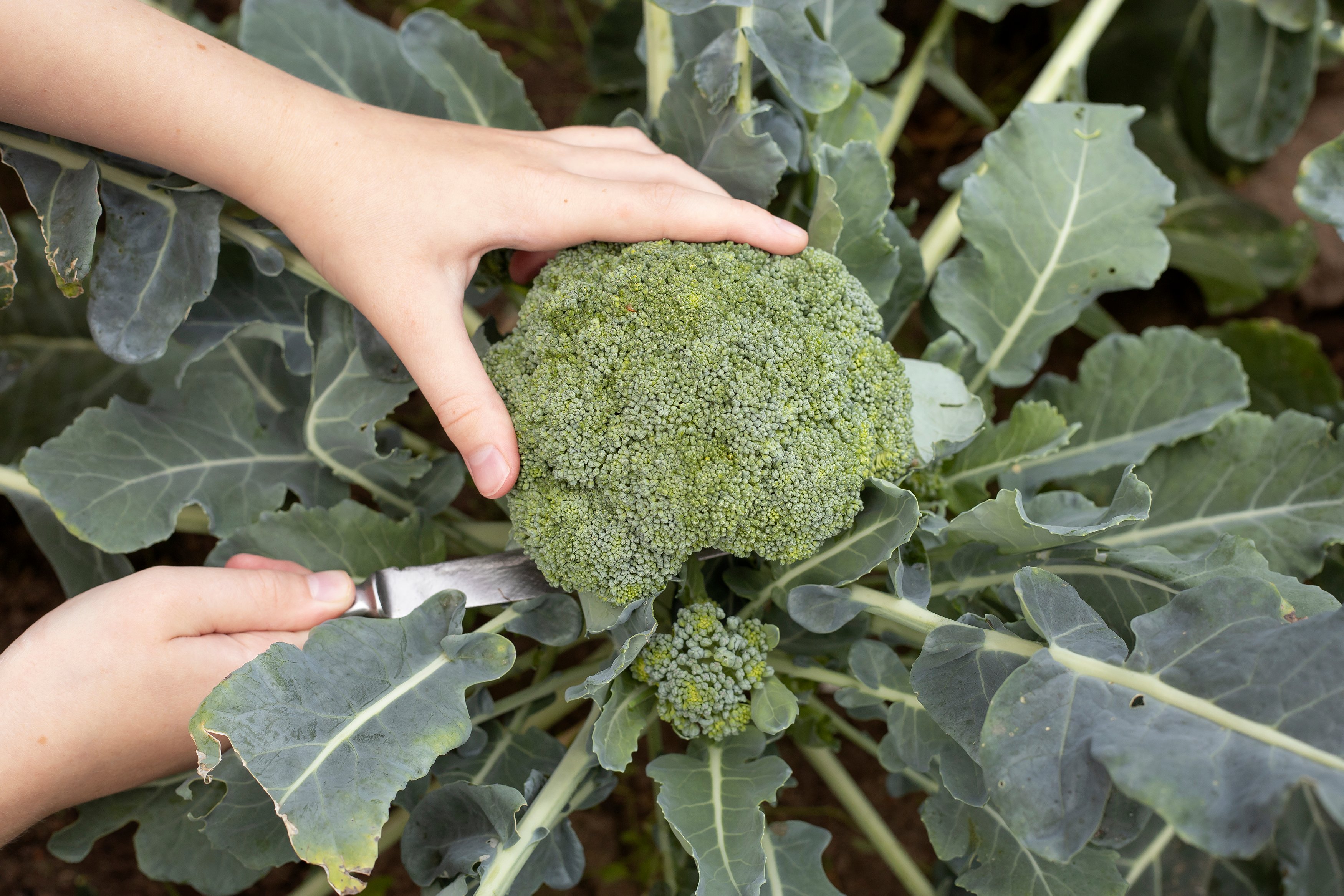
Will Broccoli Grow Back After Cutting
Yes, broccoli can grow back after cutting. When you harvest the main head of broccoli, this encourages the plant to produce smaller side shoots. These can be harvested later on. However, the size and quantity of these side shoots depend on the variety of broccoli and the growing conditions. Regular harvesting of these side shoots can prolong the productive period of your broccoli plants.
How Do You Harvest Broccoli So It Keeps Growing
Harvesting broccoli in a manner that promotes regrowth requires careful technique and timing. Here's a detailed step-by-step guide to help you harvest your broccoli while encouraging the plant to continue producing:
Step 1: Identify the Right Time to Harvest
Check the main broccoli head regularly. It's ready for harvest when it is large, firm, and the buds are tightly closed. The color should be a deep, vibrant green. The buds of the broccoli head should be small, roughly the size of a match head. If they begin to swell or show signs of yellow, it's time to harvest immediately.
Step 2: Prepare Your Tools
Ensure your knife is sharp and clean your knife with a disinfectant or alcohol to prevent the spread of disease to the plant.
Step 3: Making the Cut
- Locate a spot on the stem approximately 5-6 inches below the broccoli head. This is your cutting point.
- Position your knife at a 45-degree angle to the stem. This angled cut prevents water from accumulating on the cut surface, reducing the risk of rot.
- Gently hold the broccoli head and slice through the stem in one smooth motion. Avoid sawing or jagged cuts.
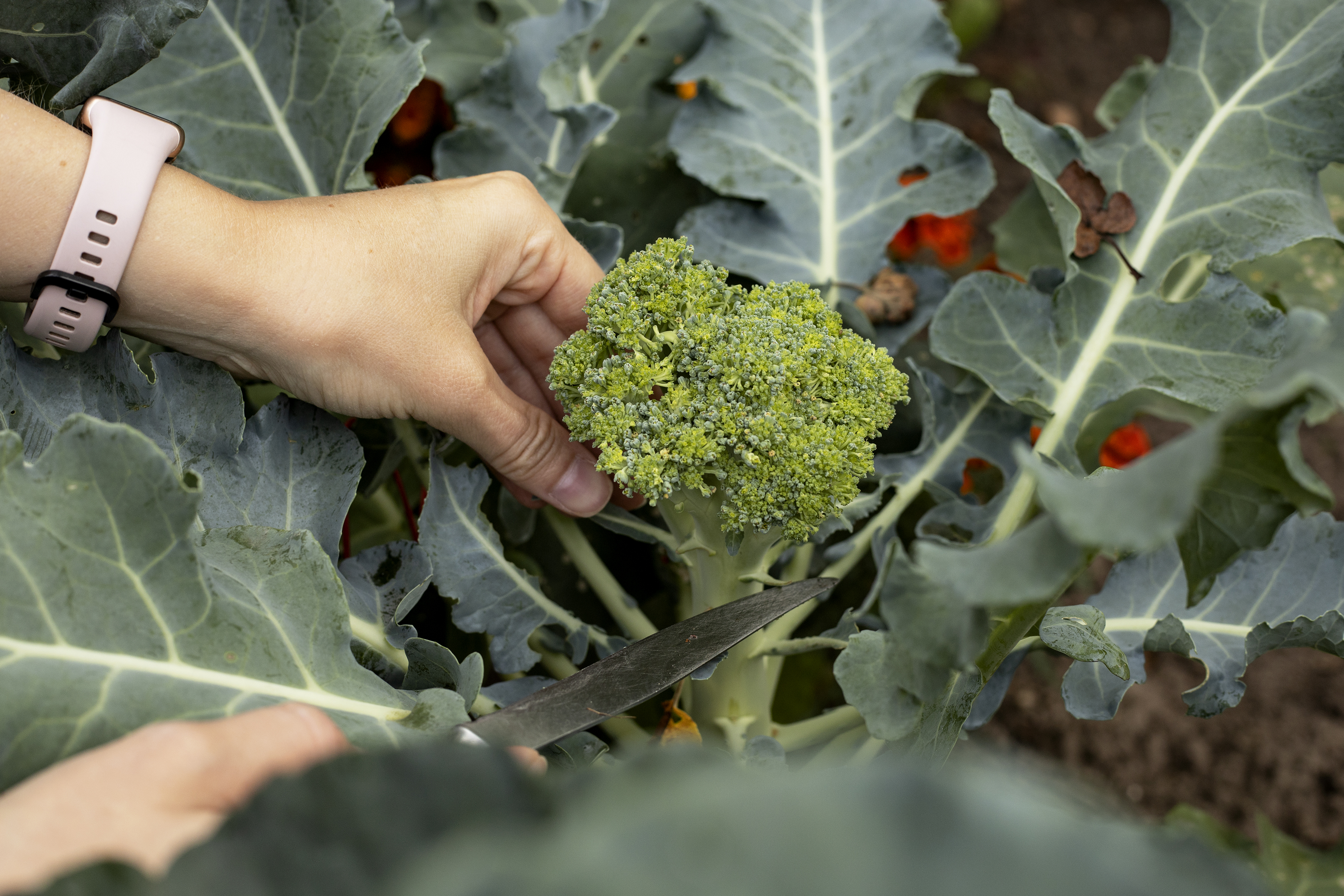
Step 4: Encourage Side Shoot Growth
After removing the main head, leave the rest of the plant as it is. The leaves and remaining stem are vital for photosynthesis, which fuels the growth of side shoots.New shoots will emerge from the nodes where leaves meet the stem. Keep an eye on these areas for new growth.
Step 5: Regularly Check for New Shoots
Now, you can check the broccoli plant every few days for new side shoots. Once these side shoots develop their own heads and reach a suitable size (usually a few inches in diameter), they can be harvested following the same method as the main head.
Can You Wait Too Long to Harvest Broccoli
Yes, you can wait too long to harvest broccoli, but it’s not suggested to do so. If not harvested in time, the buds may start to flower, turning yellow, which is a clear sign that the broccoli is entering the very last broccoli growth stage and is definitely overripe. Overripe broccoli heads become woody in texture and lose their flavor quality. You’d better monitor your broccoli plants closely and harvest them at the right time to ensure the best texture and flavor.
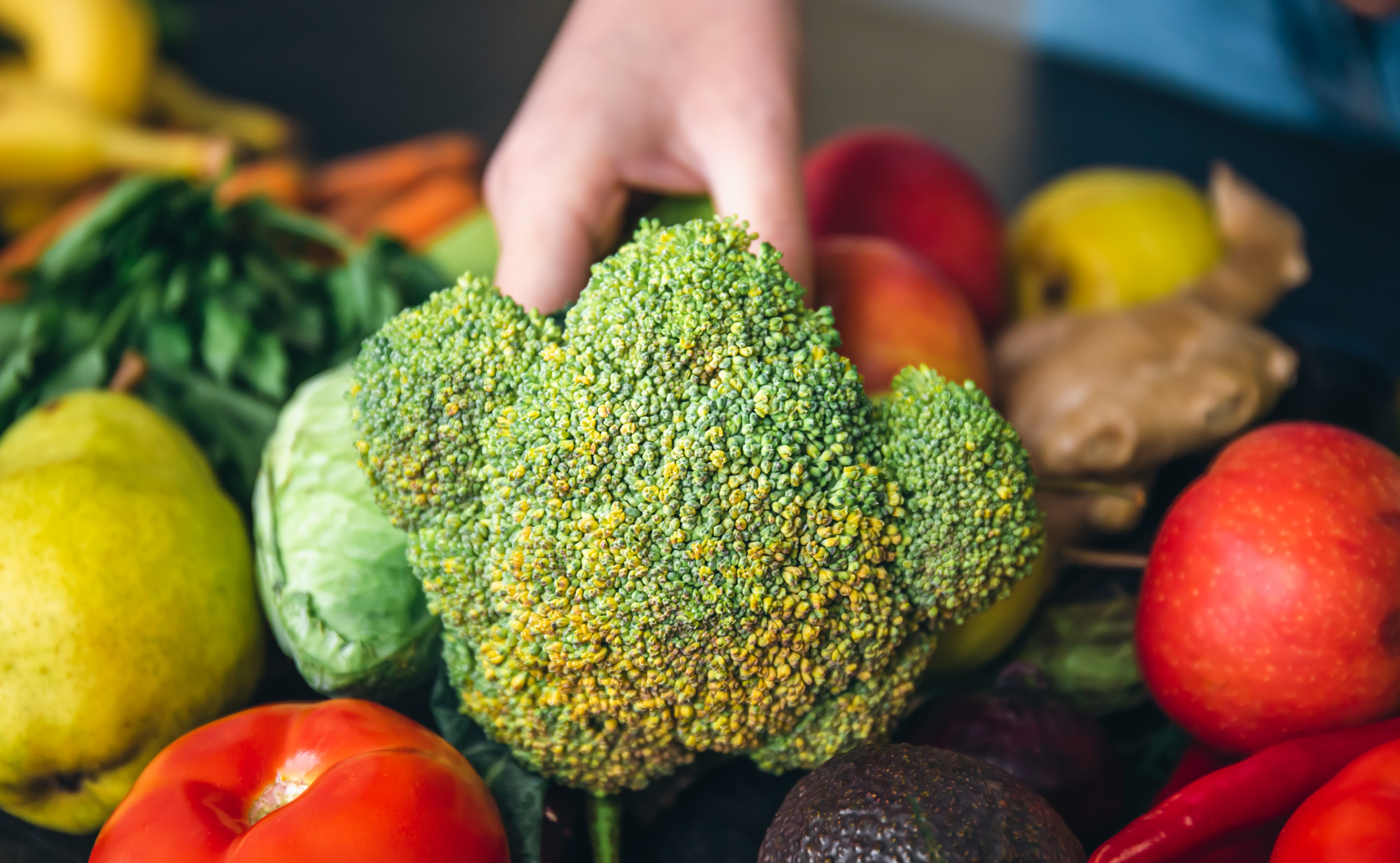
This one is a bit too late to be harvested.
Common Challenges in Broccoli Harvest
Harvesting broccoli may seem straightforward, but gardeners often face several challenges that can impact the quality and yield of their crop.
- Timing the Harvest Correctly
One of the primary challenges in harvesting broccoli is getting the timing right. Broccoli heads should be harvested when they are firm and the buds are tightly closed. Waiting too long can lead to flowering, which diminishes the quality and taste of the broccoli. On the other hand, harvesting too early results in smaller heads. Keeping a close eye on the development of your broccoli and understanding the signs of maturity is key.
- Pest Infestations
Broccoli is susceptible to pest infestations, particularly from cabbage loopers, aphids, and flea beetles. These pests can damage the broccoli heads and leaves, affecting the plant's overall health and yield. One dude on the forum has encountered a mouthful of bugs when eating the broccoli without rinsing it thoroughly.
- Disease Management
Diseases like downy mildew, clubroot, and black rot can also pose significant challenges. These diseases can stunt growth, discolor leaves and heads, and in severe cases, kill the plant. To manage these issues, ensure proper spacing between plants for adequate air circulation, practice crop rotation, and use disease-resistant broccoli varieties.
Summary
This guide has provided detailed insights into identifying the perfect harvest time, encouraging regrowth, and overcoming common challenges. Remember, the key to a successful harvest lies in monitoring for firm, tightly closed buds, harvesting before yellow flowers appear, and using proper techniques to encourage side shoot growth. Additionally, being vigilant about pest control and disease management will ensure your broccoli plants remain healthy and productive.




